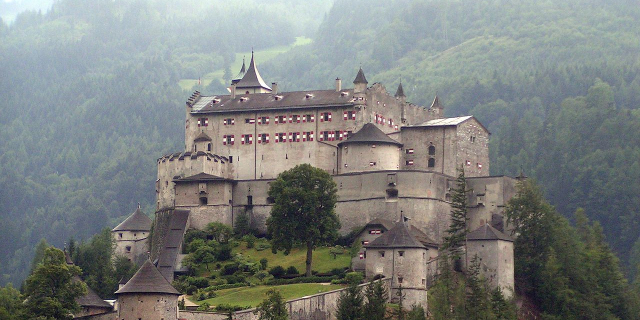Salzburg
Salzburg (Austrian German: [ˈsaltsbʊʁk], German: [ˈzaltsbʊʁk] ;) is the fourth-largest city in Austria. In 2020, it had a population of 156,872.
The town is on the site of the Roman settlement of Iuvavum. Salzburg was founded as an episcopal see in 696 and became a seat of the archbishop in 798. Its main sources of income were salt extraction, trade, as well as gold mining. The fortress of Hohensalzburg, one of the largest medieval fortresses in Europe, dates from the 11th century. In the 17th century, Salzburg became a center of the Counter-Reformation, with monasteries and numerous Baroque churches built.
Salzburg's historic center (German: Read more
Salzburg (Austrian German: [ˈsaltsbʊʁk], German: [ˈzaltsbʊʁk] ;) is the fourth-largest city in Austria. In 2020, it had a population of 156,872.
The town is on the site of the Roman settlement of Iuvavum. Salzburg was founded as an episcopal see in 696 and became a seat of the archbishop in 798. Its main sources of income were salt extraction, trade, as well as gold mining. The fortress of Hohensalzburg, one of the largest medieval fortresses in Europe, dates from the 11th century. In the 17th century, Salzburg became a center of the Counter-Reformation, with monasteries and numerous Baroque churches built.
Salzburg's historic center (German: Altstadt) is renowned for its Baroque architecture and is one of the best-preserved city centers north of the Alps. The historic center was enlisted as a UNESCO World Heritage Site in 1996. The city has three universities and a large population of students.
Salzburg's official population significantly increased in 1935 when the city absorbed adjacent municipalities. After World War II, numerous refugees found a new home in the city. New residential space was constructed for American soldiers of the postwar occupation and could be used for refugees when they left. Around 1950, Salzburg passed the mark of 100,000 citizens, and in 2016, it reached the mark of 150000 citizens.



































Add new comment